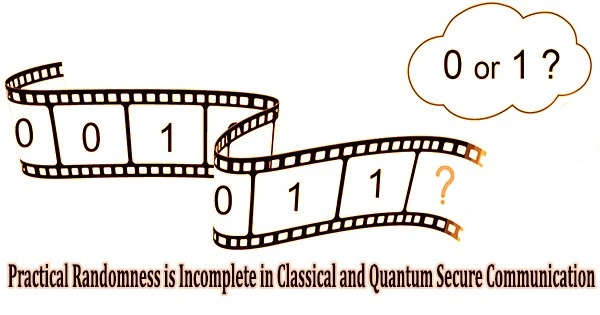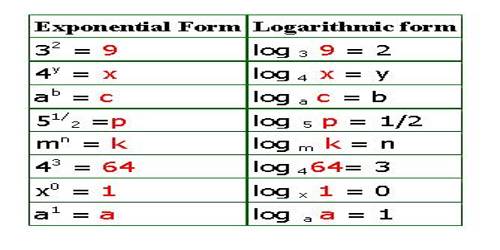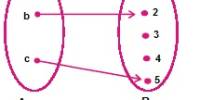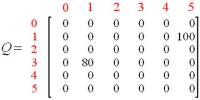Random bit sequences are essential components for many modern jobs, especially secure communication.
According to a recent study, it is impossible to produce truly random bit sequences, whether they are classical or quantum. They have exhibited a fresh approach to confidential secure communication based on these discoveries.
A random bit sequence is defined mathematically as a series of bits, where each subsequent bit has an equal probability of being either 0 or 1, regardless of the previous ones.
Although the actual certification of a process as random is significantly more difficult but necessary, the notion of randomness is quite straightforward. For instance, secure communication requires information to be jumbled in order to prevent hackers from guessing a bit stream.
In an article to be published on November 5, 2019 in the journal Europhysics Letters, researchers at Bar-Ilan University demonstrate that long sequences with certified randomness by the US National Institute of Standard and Technology (NIST) are far from being truly random.
According to the fundamental principles of quantum physics, the randomness of quantum random bit generators is expected to be perfect. In practice, however, this perfect quantum randomness may be diminished by many experimental imperfections.
Professor Ido Kanter
Their research shows that such bit sequences can routinely contain a significant portion of non-random bits without degrading their certified randomness. Due to this revelation, two parties can now securely communicate in a classified manner while maintaining the privacy of the communication itself.
“The current scientific and technological viewpoint is that only non-deterministic physical processes can generate truly random bit sequences, which are conclusively verified by hundreds of very comprehensive statistical tests,” said the study’s lead author, Prof. Ido Kanter, of Bar-Ilan University’s Department of Physics and Gonda (Goldschmied) Multidisciplinary Brain Research Center. Kanter’s research group includes Shira Sardi, Herut Uzan, Shiri Otmazgin, Dr. Yaara Aviad and Prof. Michael Rosenbluh.
“We propose a reverse strategy, which has never been tested before. Our strategy aims to quantify the maximal amount of information that can be systematically embedded in a certified random bit sequence, without harming its certification,” said PhD students Shira Sardi and Herut Uzan, the key contributors to the research.
Using such a strategy, the level of randomness can be quantified beyond the binary certification. Additionally, the concept offers a new cryptosystem, comparable to steganography, where any communication is fully hidden because the information is methodically placed in the bit sequence.
“According to the fundamental principles of quantum physics, the randomness of quantum random bit generators is expected to be perfect. In practice, however, this perfect quantum randomness may be diminished by many experimental imperfections,” said Prof. Kanter.
“Hence, a sequence generated by a quantum number generator ultimately has to be certified by statistical tests which can differentiate between original quantum guaranteed sequences and spurious ones. However, the newly-discovered incompleteness of practical randomness is expected to disrupt even quantum random number generators.”
A reevaluation of the quantitative notion of measuring classical and quantum randomness, as well as its application to secure communication, is required in light of the novel perspective put out in this study.
















